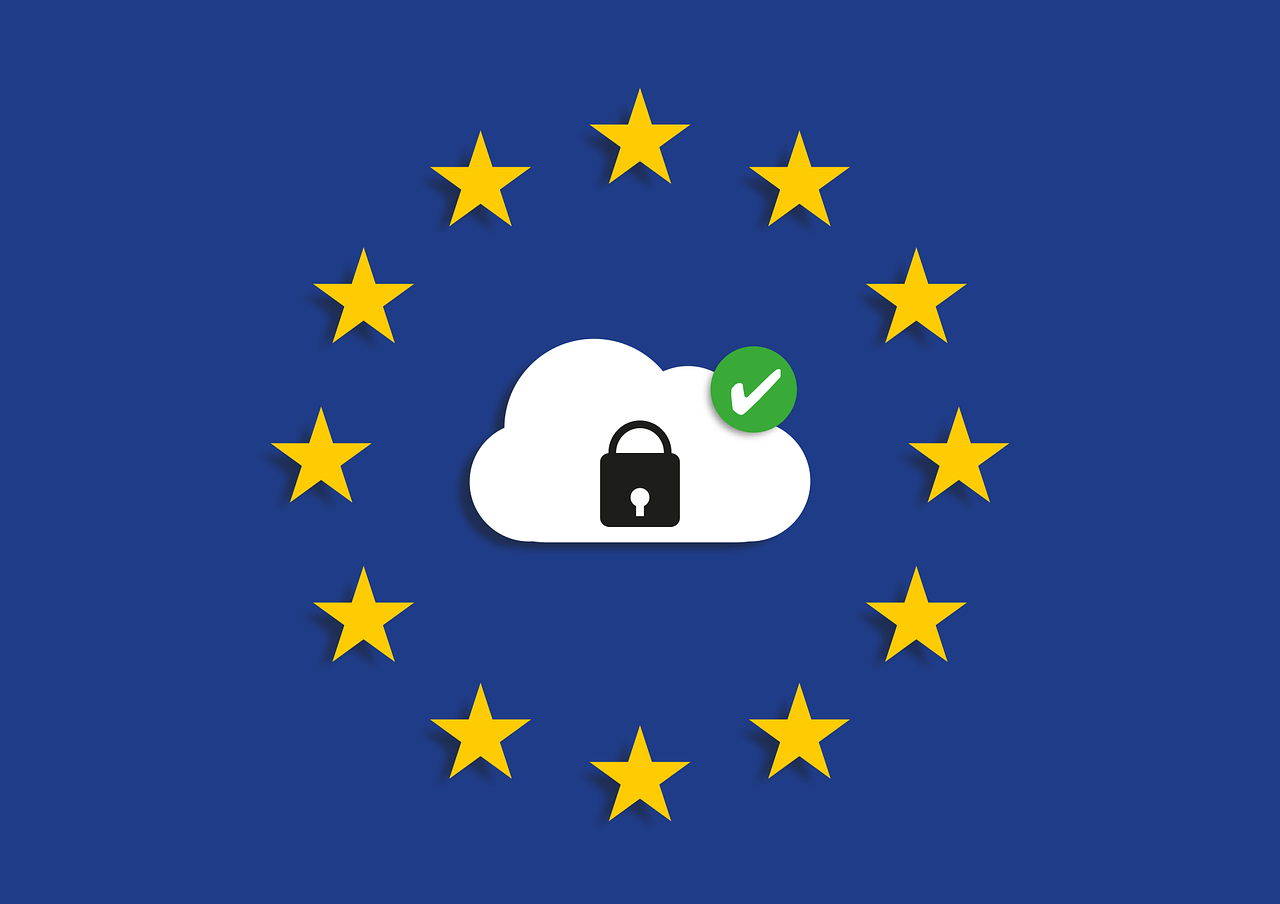Contents
In today’s digital age, the importance of document security in enterprise document management cannot be overstated. With increasing volumes of sensitive and confidential information being stored and shared electronically, protecting this information has become a critical priority for businesses of all sizes.
Document security is essential for protecting against data breaches, unauthorized access, theft, and other security threats that can harm a company’s reputation and financial stability. Through this blog, we will discuss the importance of document security in enterprise document management and explore some best practices for ensuring document security in your organization.
Protecting Sensitive Information

It is essential that companies use an enterprise document management system that has the capability to protect sensitive data. This could include personally identifiable information (PII), financial data, trade secrets, intellectual property, and other confidential data that must be protected against unauthorized access or disclosure. Without proper security measures, sensitive information can be vulnerable to data breaches, hacking, or other security threats that can cause serious harm to an organization’s reputation and bottom line.
Meeting Compliance Requirements
Another important reason why document security is critical in enterprise document management is to meet compliance requirements. Many corporations are subject to strict regulations and standards for protecting sensitive information, such as HIPAA, PCI-DSS, GDPR, etc. Failure to comply with these regulations can result in severe penalties, fines, or legal action. Document security is essential to ensure that organizations comply with these requirements and avoid the risks and consequences associated with non-compliance.
Maintaining Business Continuity
Document security is also essential for maintaining business continuity. For example, if a security breach occurs and sensitive information is compromised, it can disrupt business operations, cause downtime, and impact the organization’s ability to operate effectively. By ensuring document security, businesses can minimize the risk of disruptions and maintain business continuity, even in a security breach or other security incident.
Enhancing Customer Trust
Document security is critical for building and maintaining customer trust. In today’s digital world, customers expect their sensitive information to be protected when they share it with a company. Therefore, a business must protect this information adequately to maintain its reputation and customer trust. Companies can depict their commitment to protecting customer data and building trust by ensuring document security.
Best Practices for Document Security in Enterprise Document Management
Now that we’ve discussed the importance of document security in enterprise document management, let’s explore some best practices for ensuring document security in your organization.
Develop a Document Security Policy
A document security policy is a set of guidelines and procedures that govern protecting and handling sensitive information. Developing a comprehensive document security policy is essential for ensuring that everyone in the organization understands the importance of document security and knows how to handle sensitive information properly. A document security policy should include guidelines for document classification, access controls, data encryption, and other security measures.
Classify Documents Based on Sensitivity
To protect sensitive information, it’s essential to classify documents based on their sensitivity. This can help organizations prioritize security measures based on the risk associated with different documents. Document classification can be found on factors such as the type of information contained in the record, the level of confidentiality required, or the legal or regulatory requirements for protecting the information.
Implement Access Controls
Access controls are essential for protecting sensitive information against unauthorized access. Access controls can include user authentication, role-based access controls, and data encryption. By implementing access controls, organizations can ensure that only authorized individuals have access to sensitive information, and that this information is protected against unauthorized access or disclosure.
Use Data Encryption
Data encryption is a powerful resource for protecting sensitive information against unauthorized access or disclosure. Encryption uses algorithms to scramble data so that individuals with the appropriate encryption keys can only access it. By encrypting sensitive documents, organizations can ensure that even if unauthorized individuals access them, the information they contain remains protected.
Implement Document Lifecycle Management
Document lifecycle management is a process that involves managing documents from creation to disposal. Organizations can ensure that documents are stored, accessed, and disposed of securely by implementing document lifecycle management. This can include version control, document retention policies, and secure document disposal procedures. In addition, by managing documents throughout their lifecycle, organizations can reduce the risk of data theft and other security incidents.
Train Employees on Document Security Best Practices
Finally, it’s essential to train employees on document security best practices. This includes providing training on the importance of document security, the organization’s document security policies and procedures, and best practices for protecting sensitive information. By educating employees on document security best practices, organizations can ensure that everyone understands the importance of document security and knows how to handle sensitive information appropriately.
In conclusion, document security is a critical component of enterprise document management. By protecting sensitive information, meeting compliance requirements, maintaining business continuity, and enhancing customer trust, document security can help organizations operate more effectively and reduce the risk of security incidents.
By implementing best practices such as developing a document security policy, classifying documents based on sensitivity, enforcing access controls, using data encryption, regularly updating software and security systems, implementing document lifecycle management, and training employees on document security best practices, organizations can ensure that their document security measures are effective and capable of protecting sensitive information against emerging security threats.

